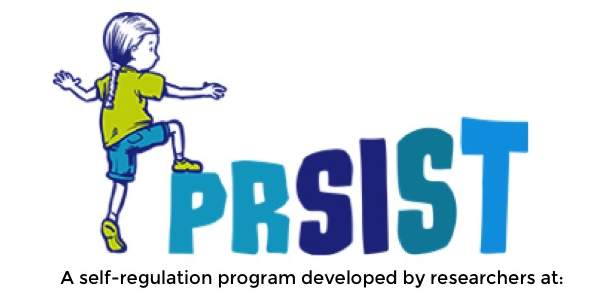
Head’n Shoulders
What to do: Singing the famous song, Head and Shoulders, Knees and Toes, tell children that they are going to sing the song and perform the actions (touching the body part that corresponds to each word), but that you want them to omit saying a particular body part (e.g., knees). They will still touch this body part though, at the relevant time. Repeat the song, involving children in choosing which body part will be omitted next.
Lyrics: Example lyrics [and actions] with knees omitted:
Head and shoulders, knees and toes, Head [head] and shoulders [shoulders], … [knees] and toes [toes]
Knees and toes, … [knees] and toes [toes]
Knees and toes. … [knees] and toes [toes]
Head and shoulders, knees and toes, Head [head] and shoulders [shoulders], … [knees] and toes [toes]
We all clap hands together. We all clap hands [clap] together.
Eyes and ears and mouth and nose,
Mouth and nose,
Mouth and nose,
We all clap hands together.
Too easy? How to increase challenge: Omit multiple body parts and/or omit body parts out of order (shuffle the order of omission from head first, then shoulders, etc.) Even harder? You can have children touch an opposite body part to the one they sing (e.g., touch their toes when they say head) or try singing the song backwards.
Ideal formation(s): Small group, until children are familiar with the instructions.
What it does: This activity challenges children’s ability to resist the impulse to perform all the actions they say, or say all the actions they perform.
Links to EYLF:
- Take considered risks in their decision-making and cope with the unexpected (from Outcome 1.2)
- Combine gross and fine motor movement and balance to achieve increasingly complex patterns of activity including dance, creative movement and drama (from Outcome 3.2)
- Persist even when they find a task difficult (from Outcome 4.1)
- Sing and chant rhymes, jingles and songs (from Outcome 5.2)
- Draw on memory of a sequence to complete a task (from Outcome 5.4)




